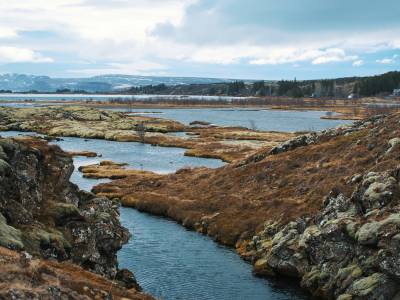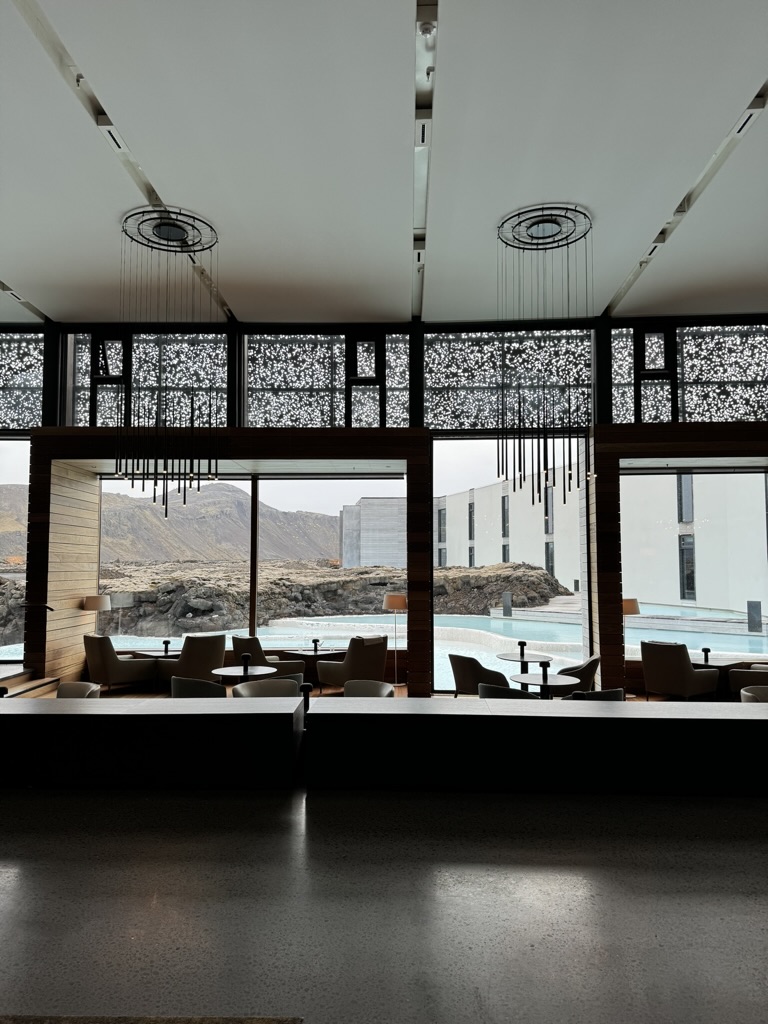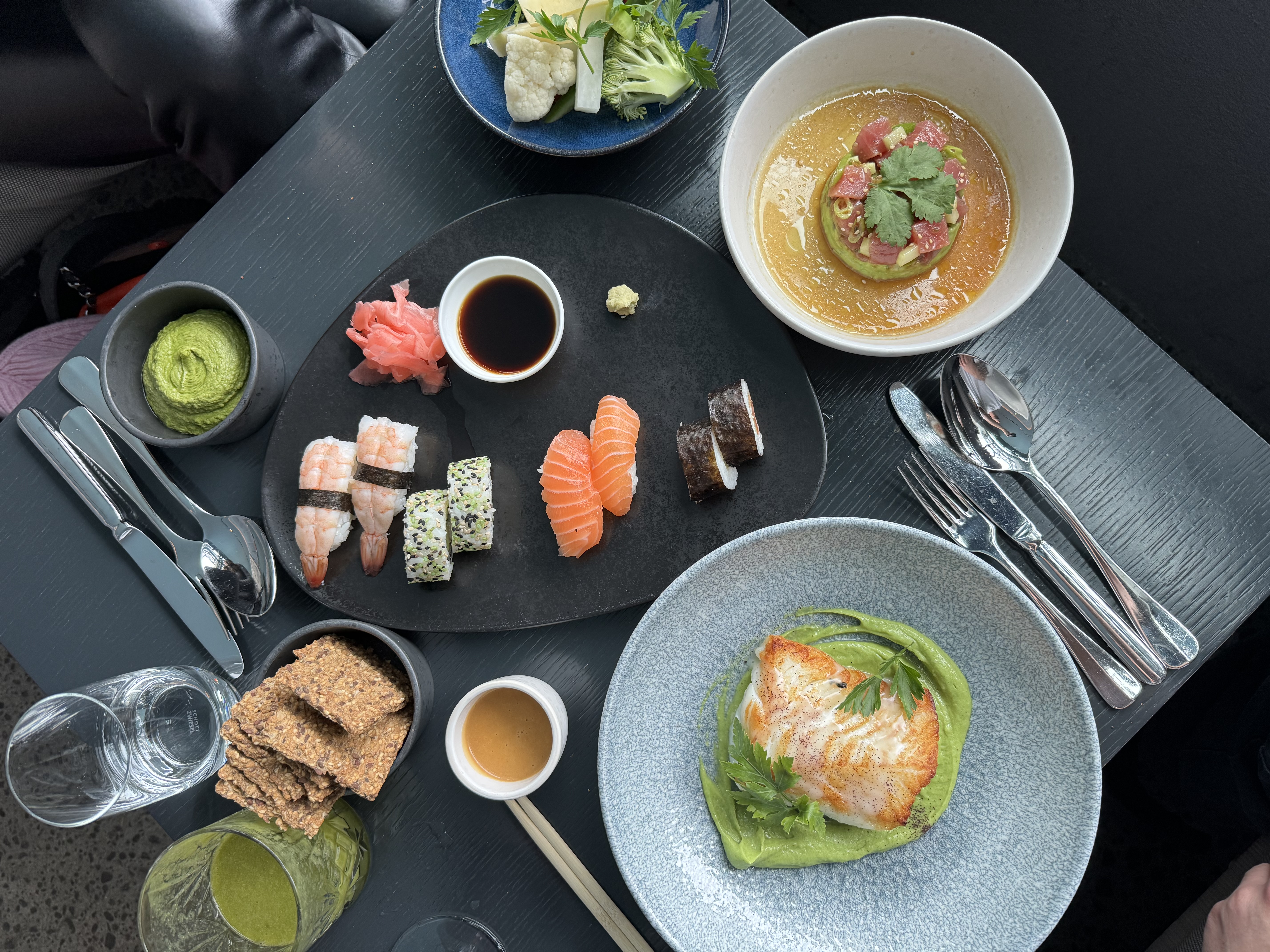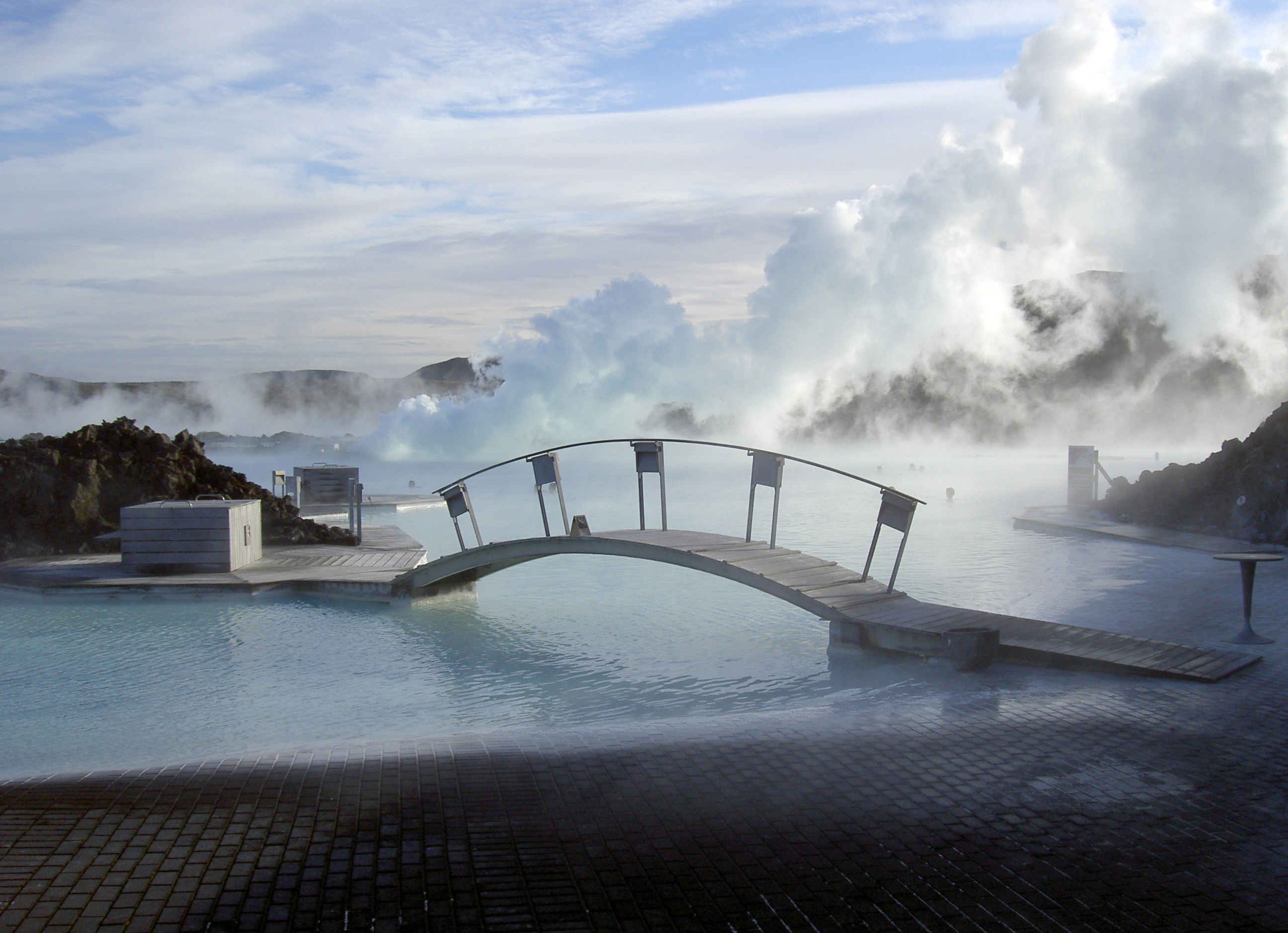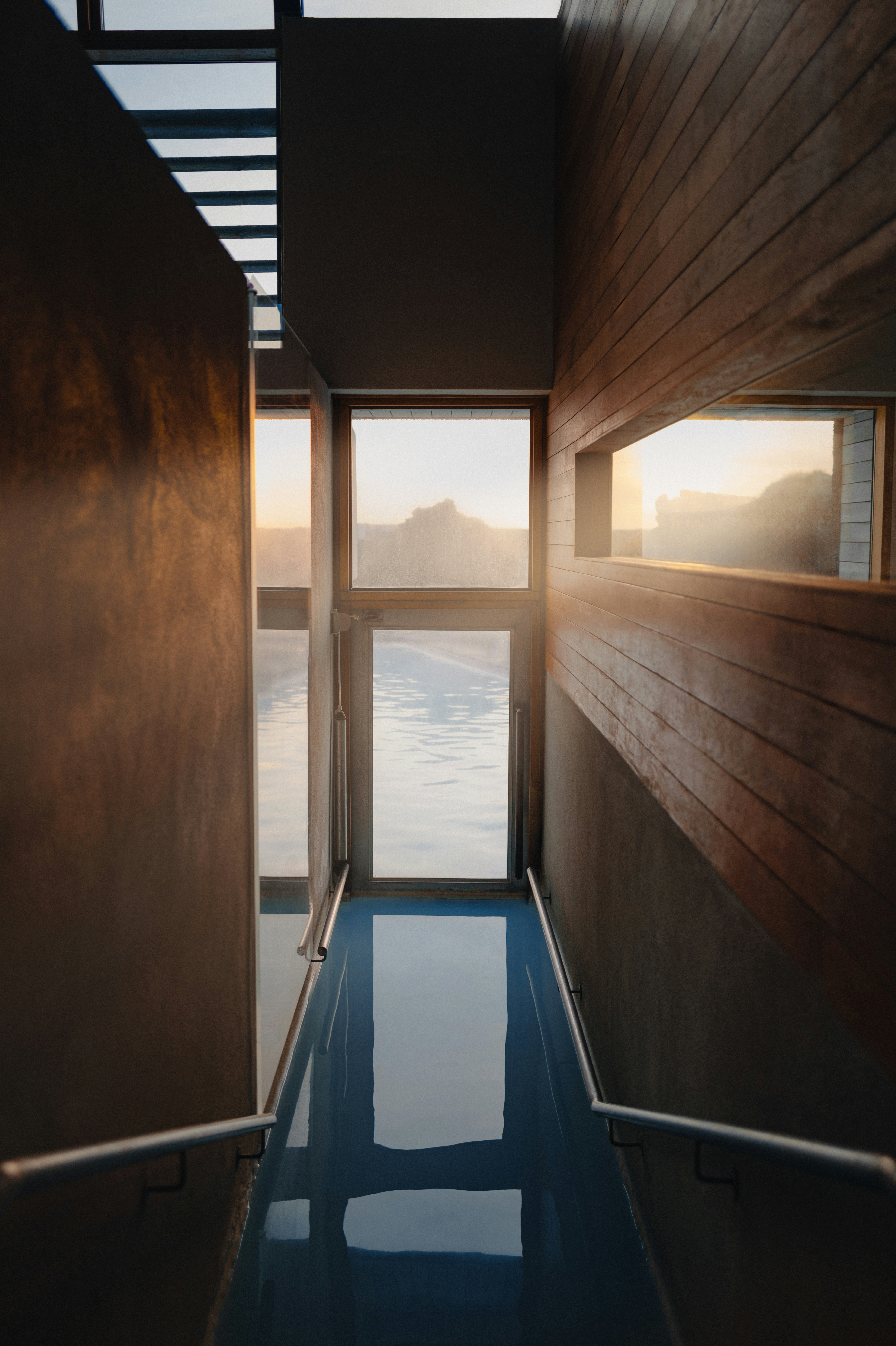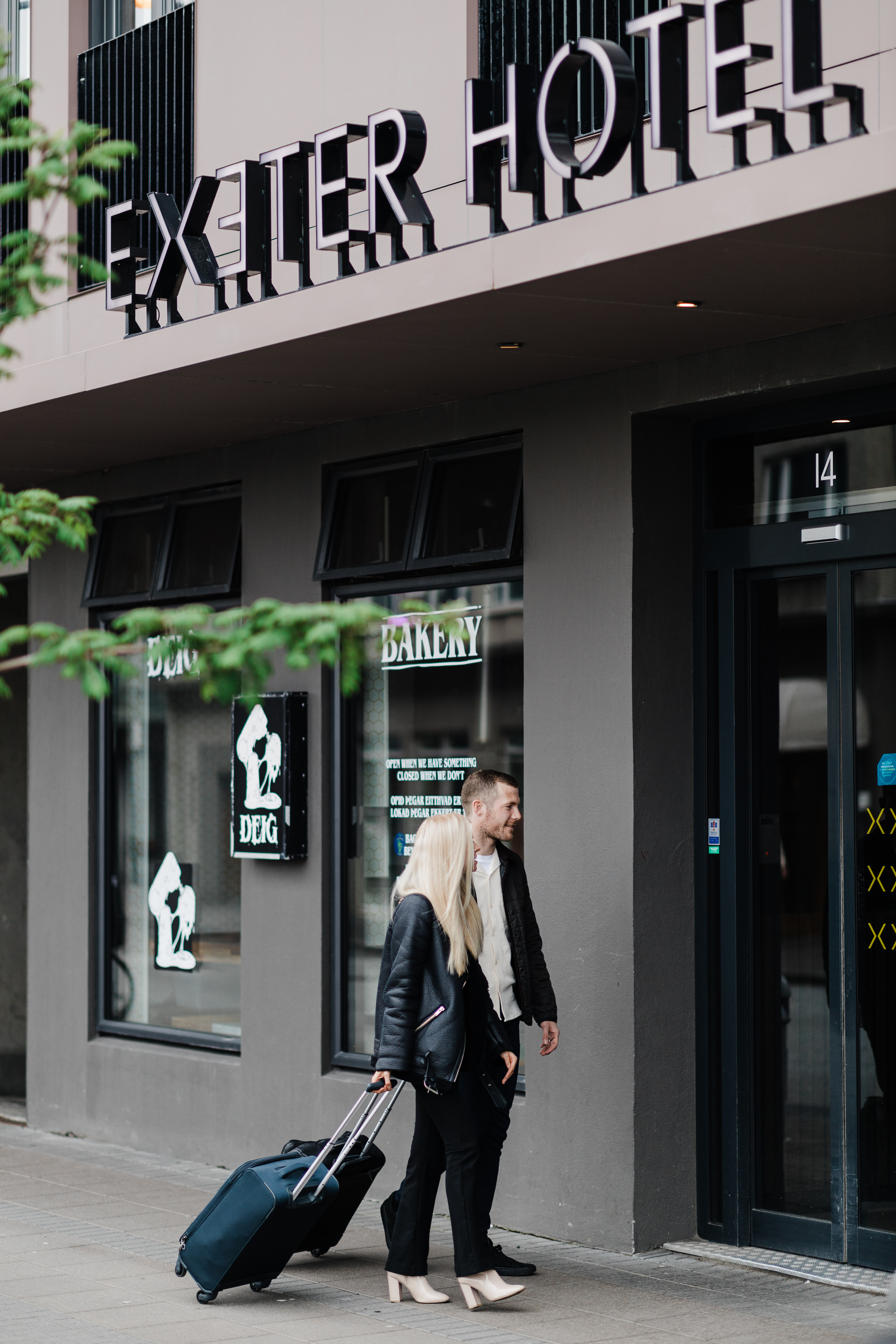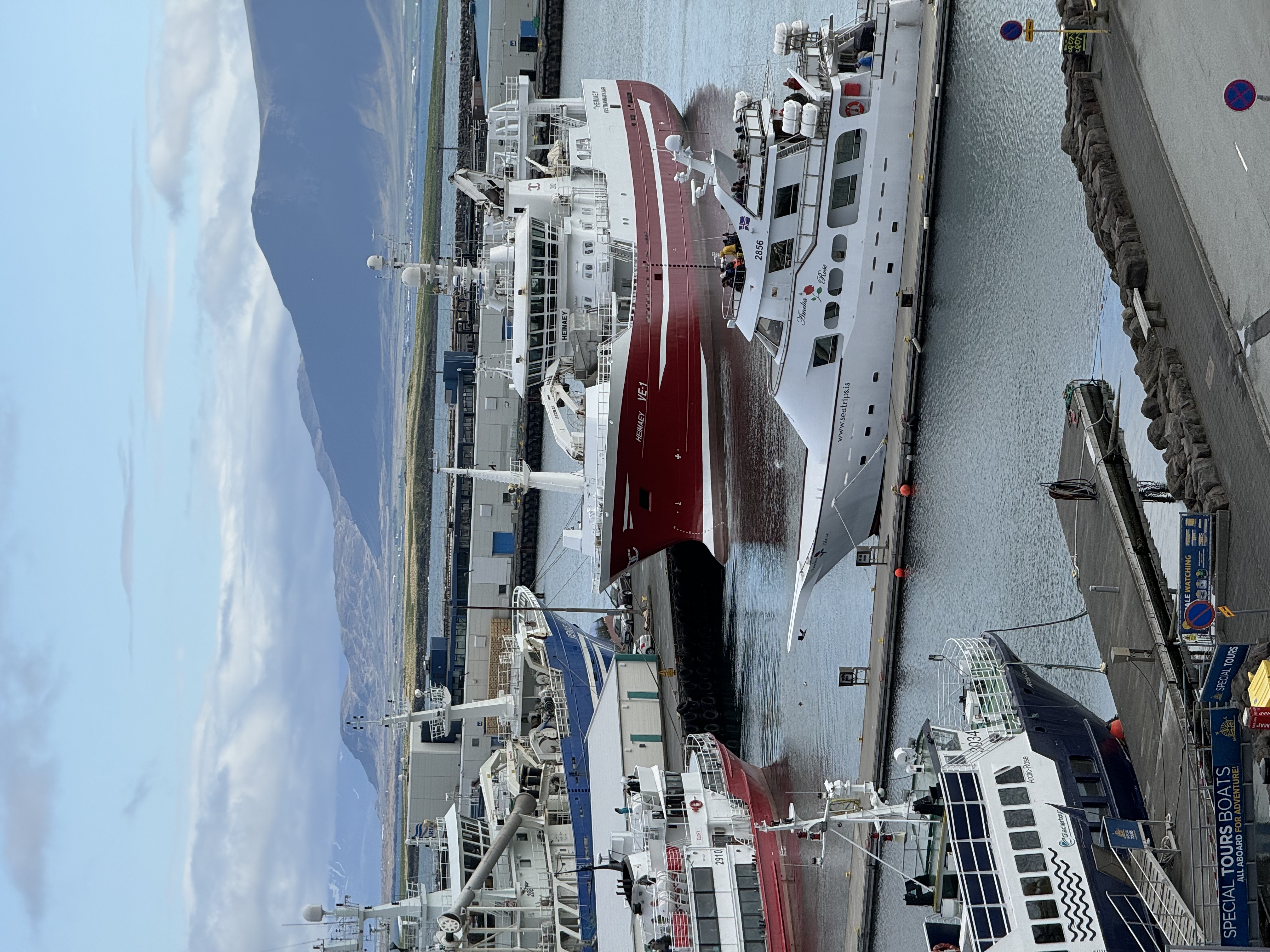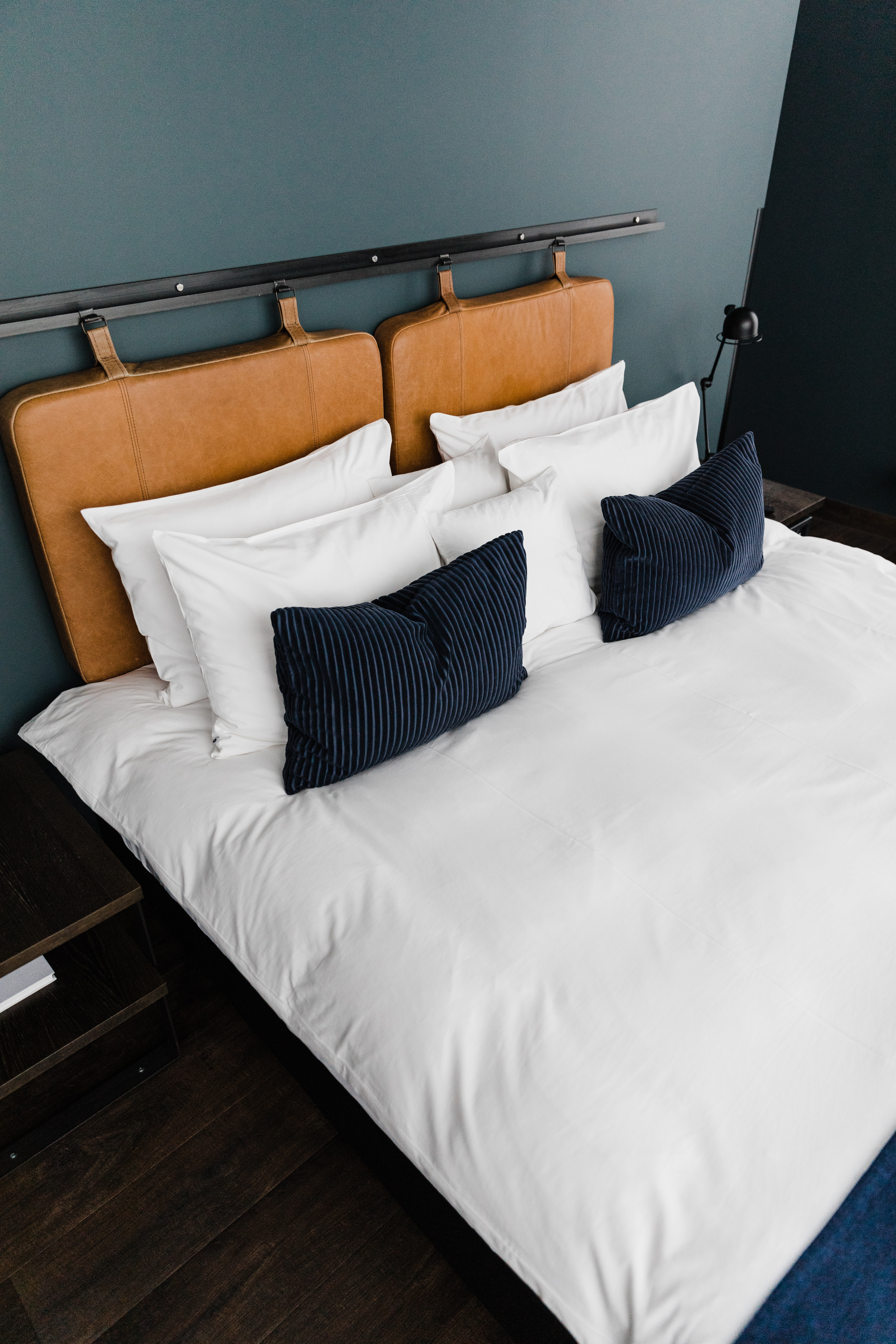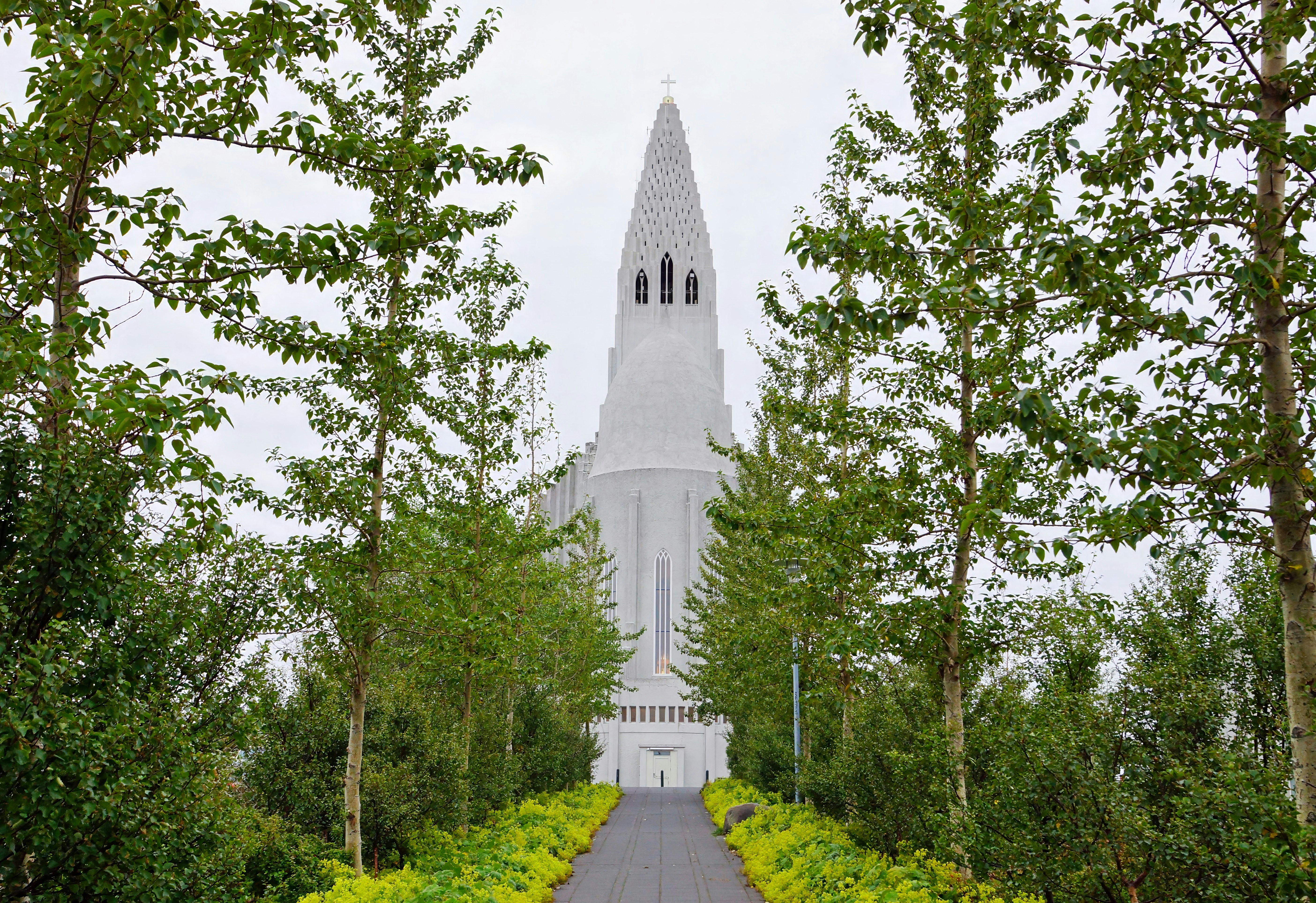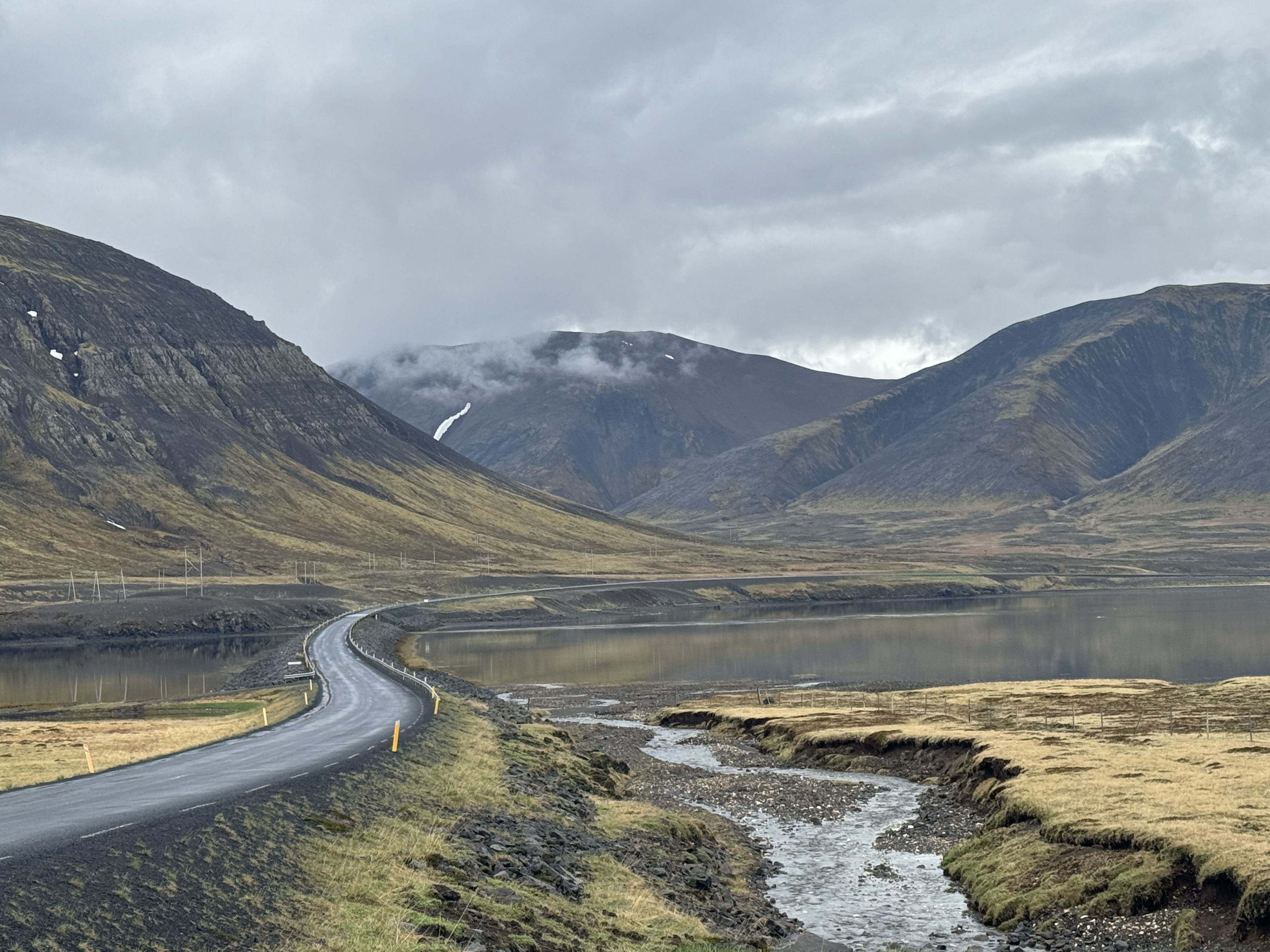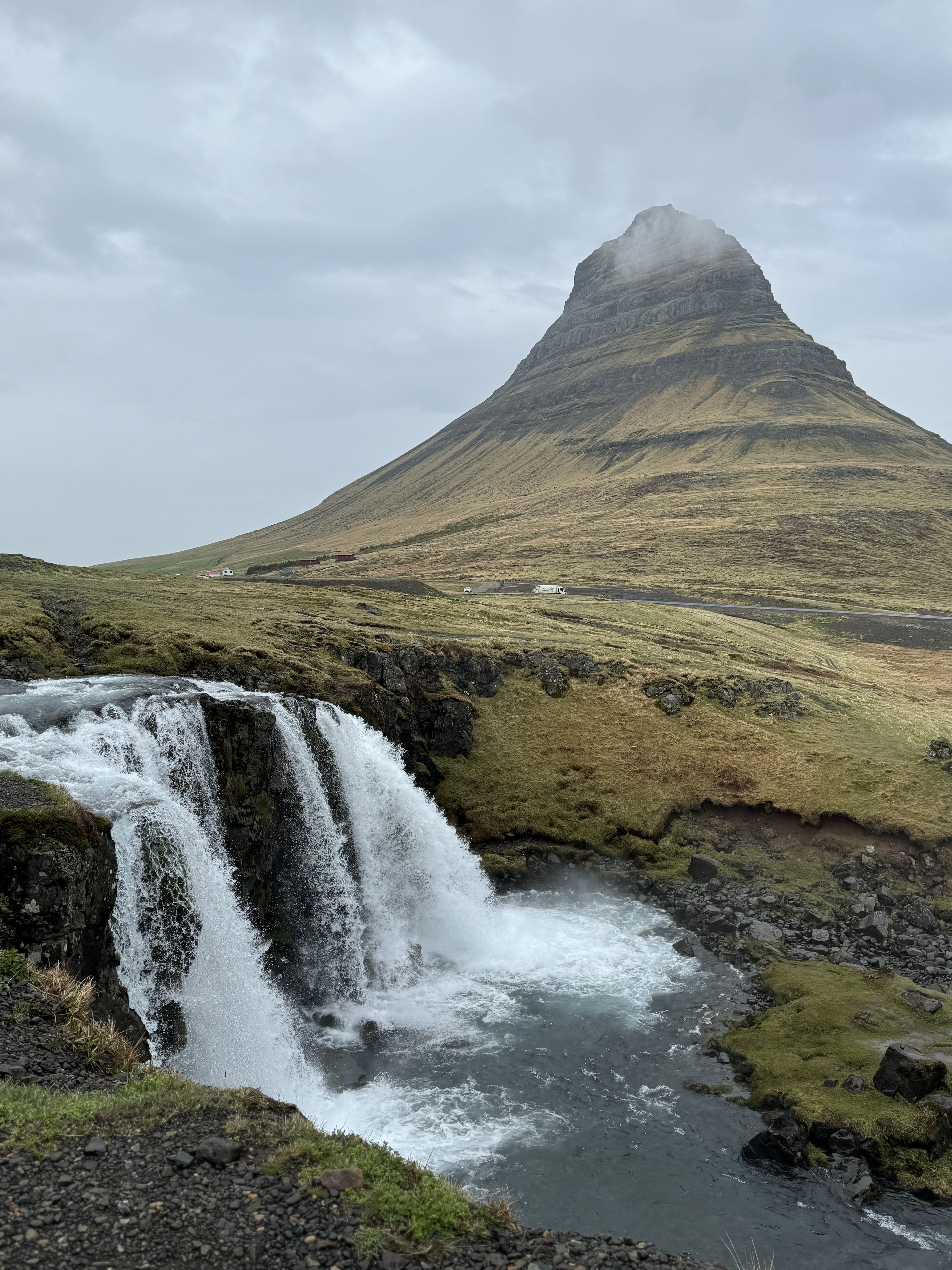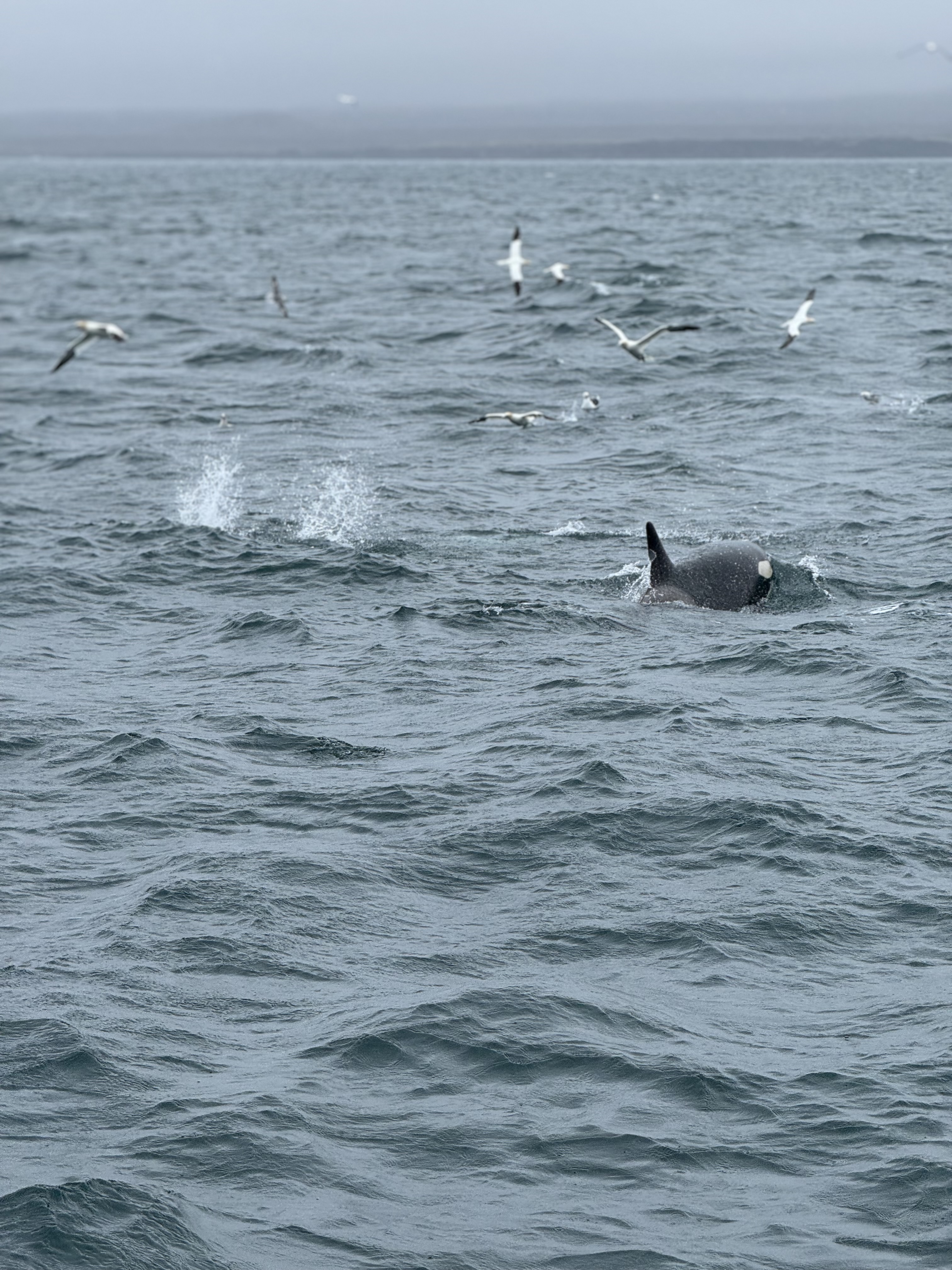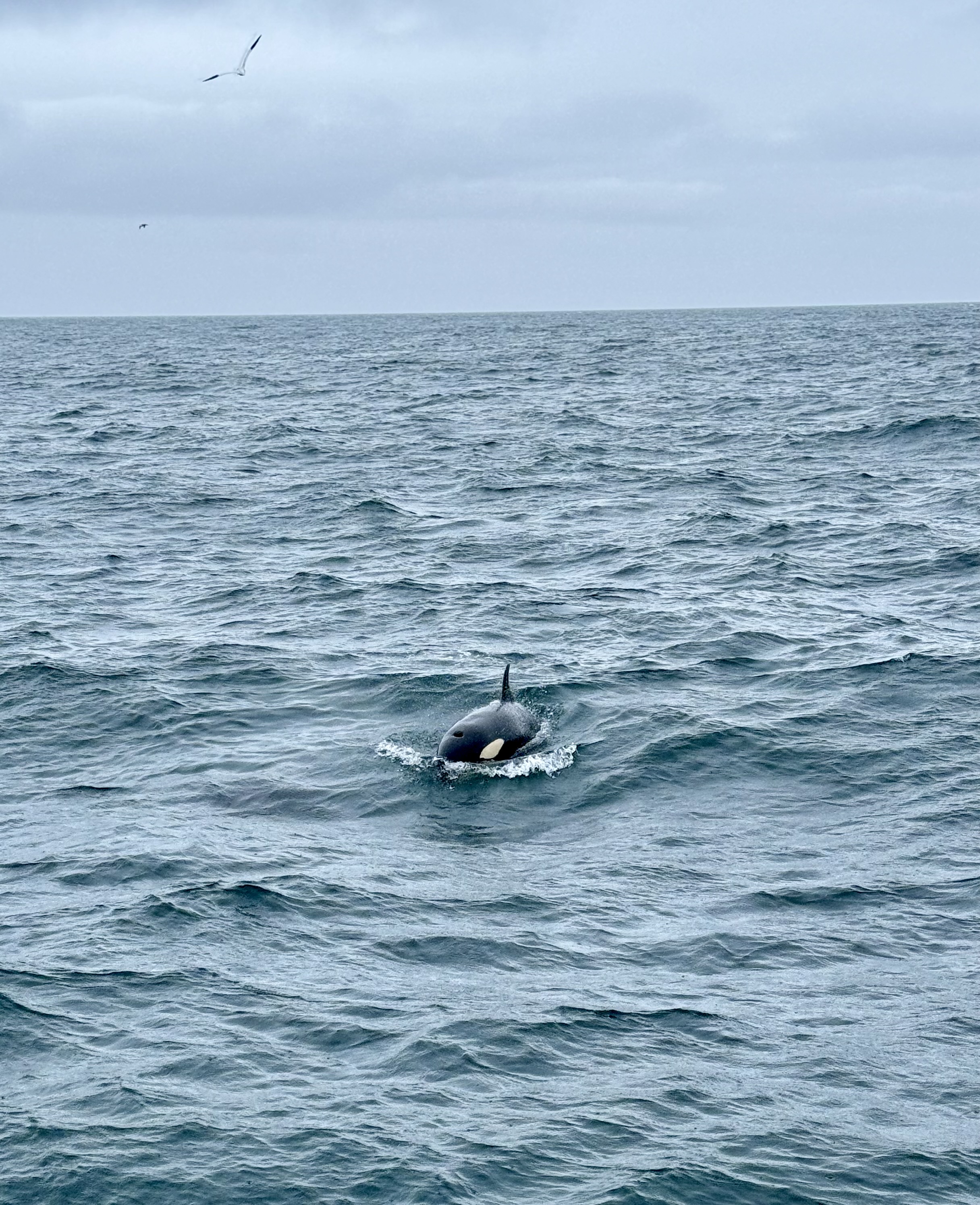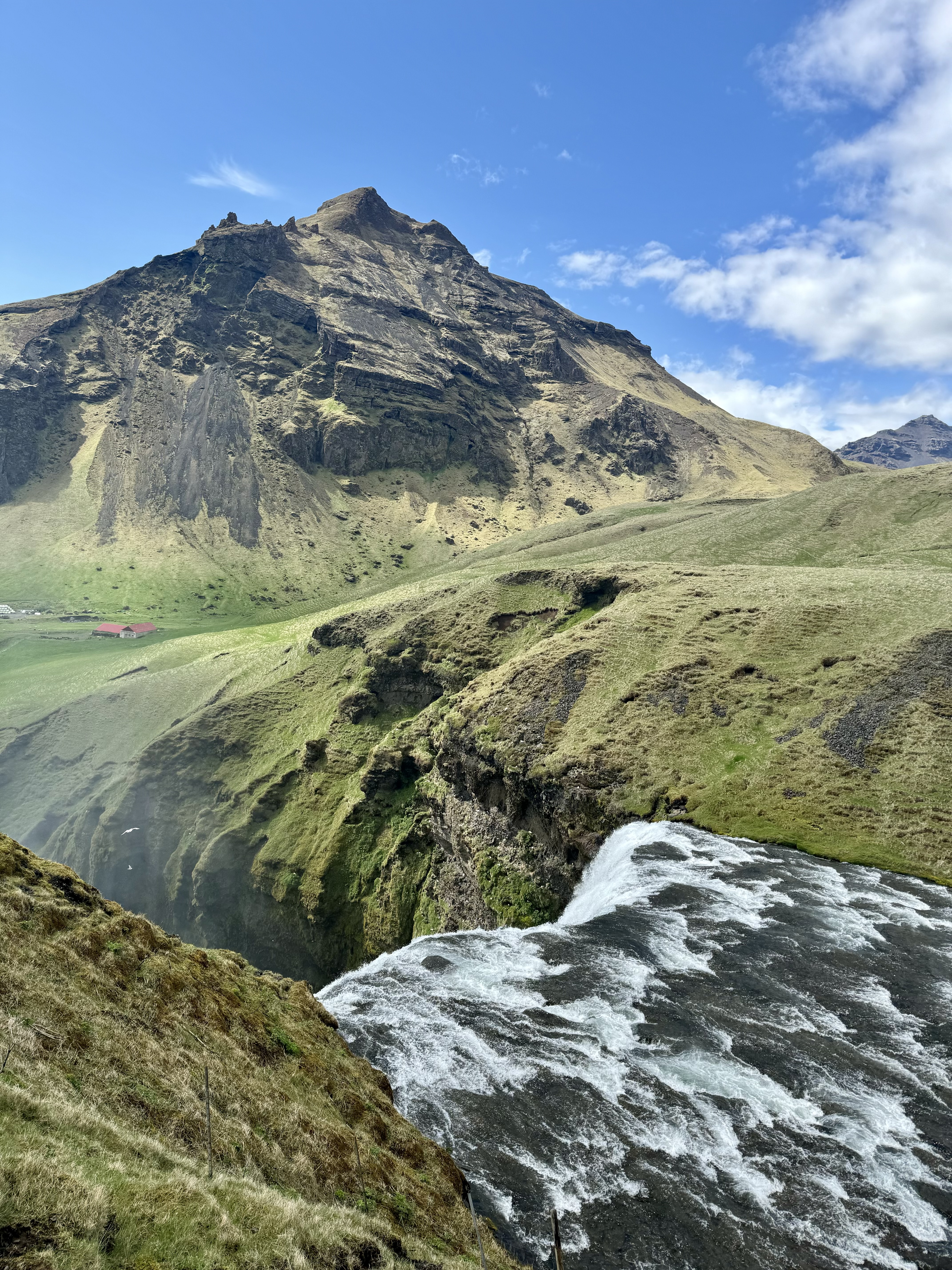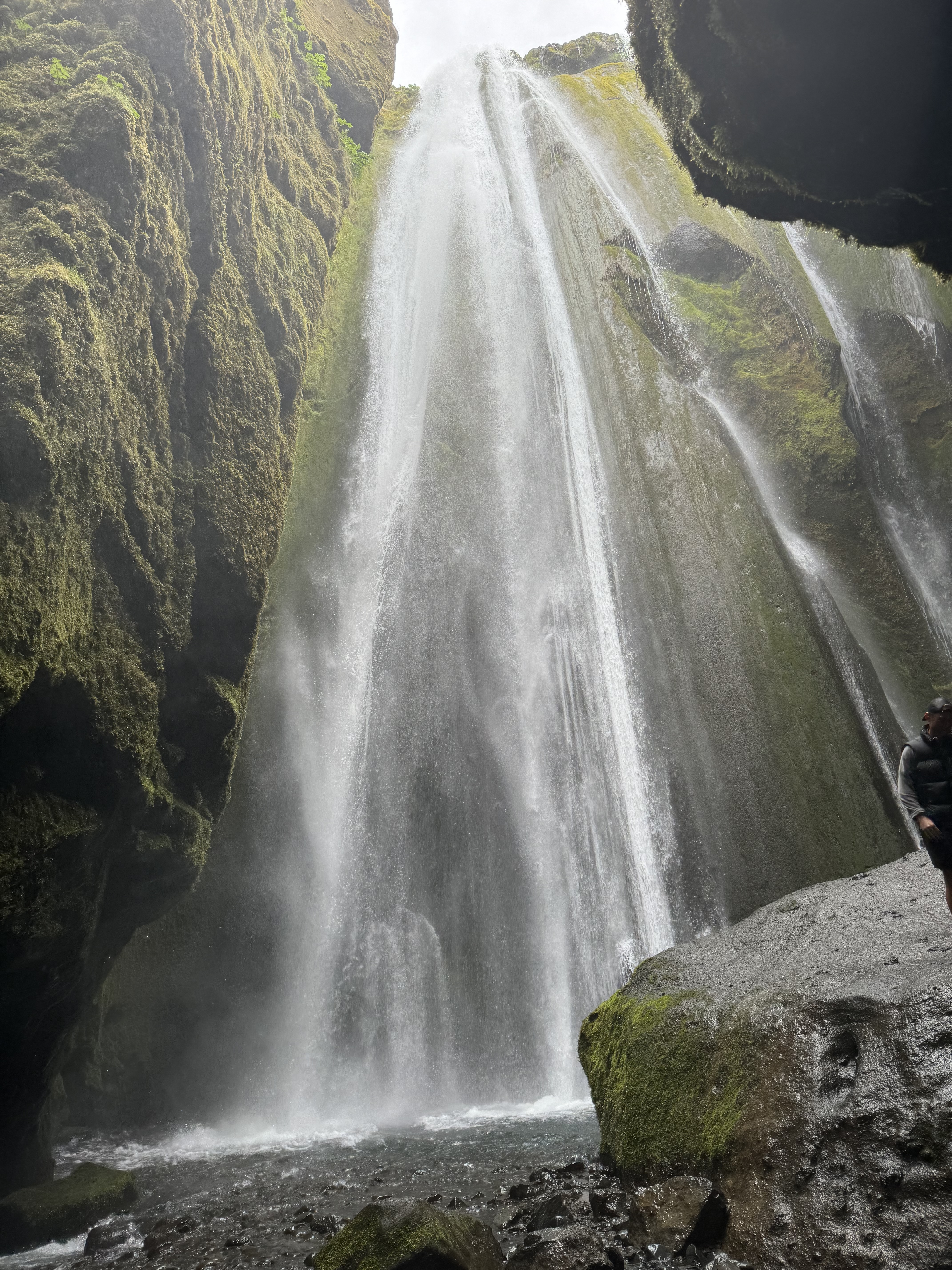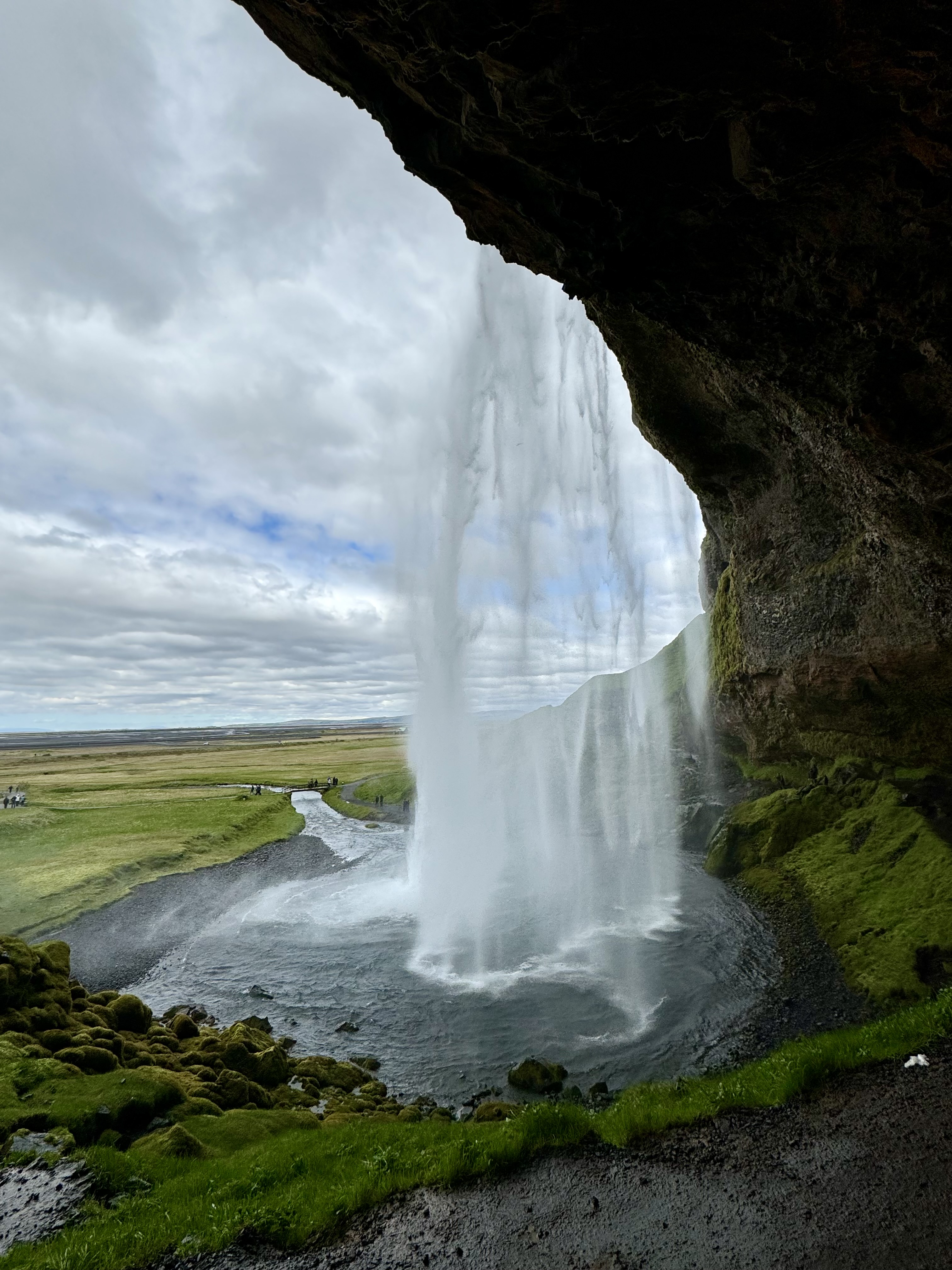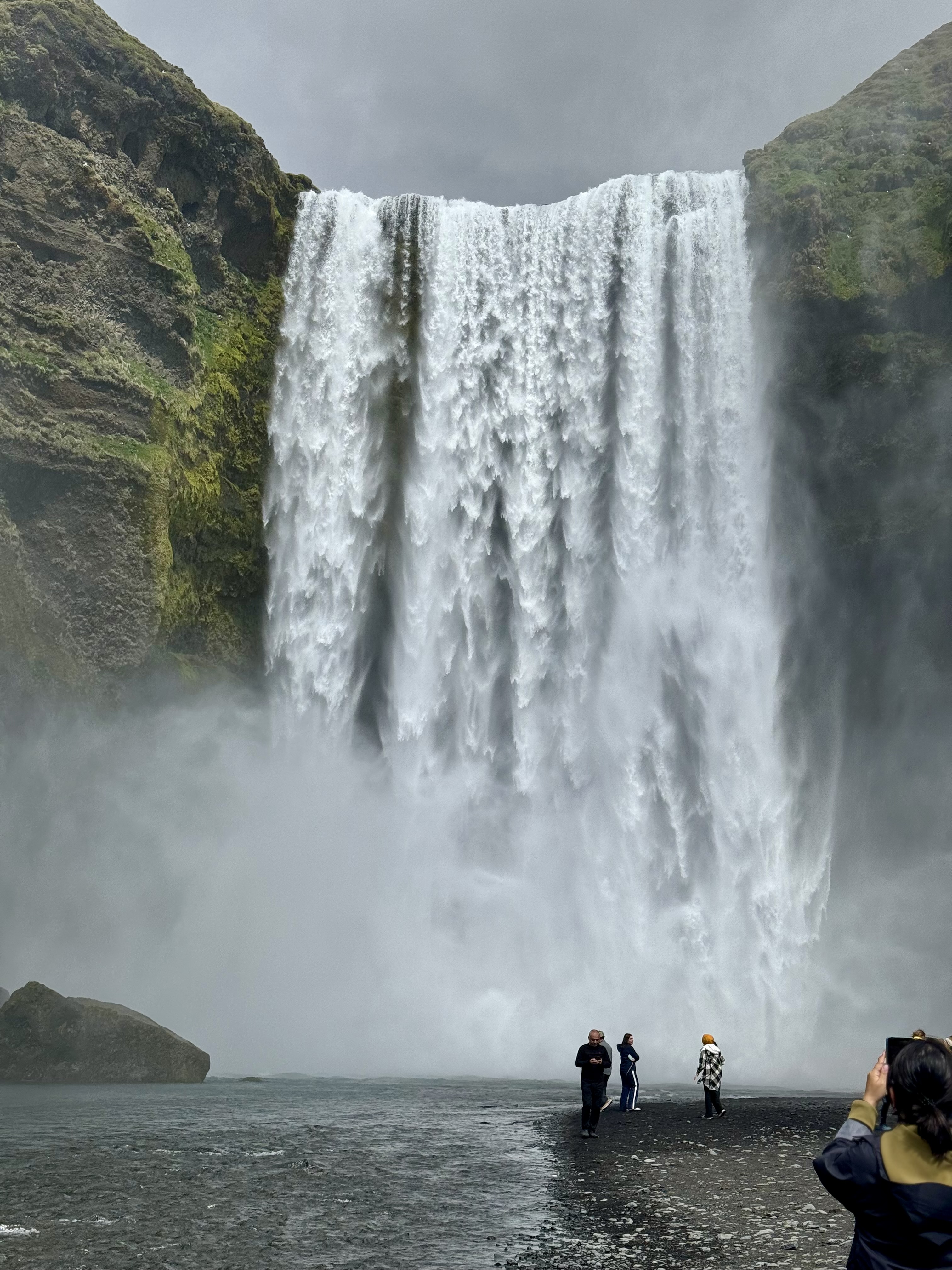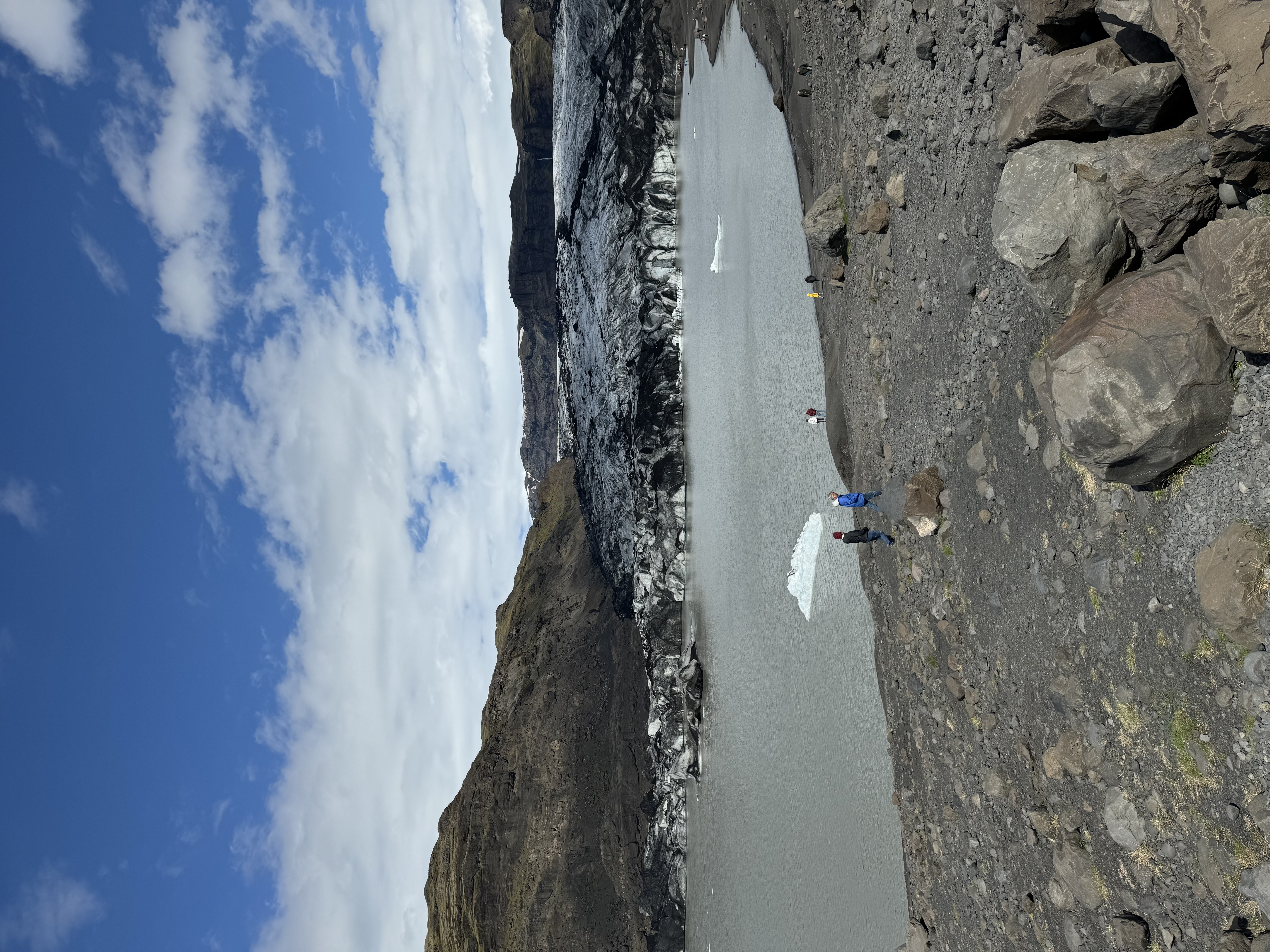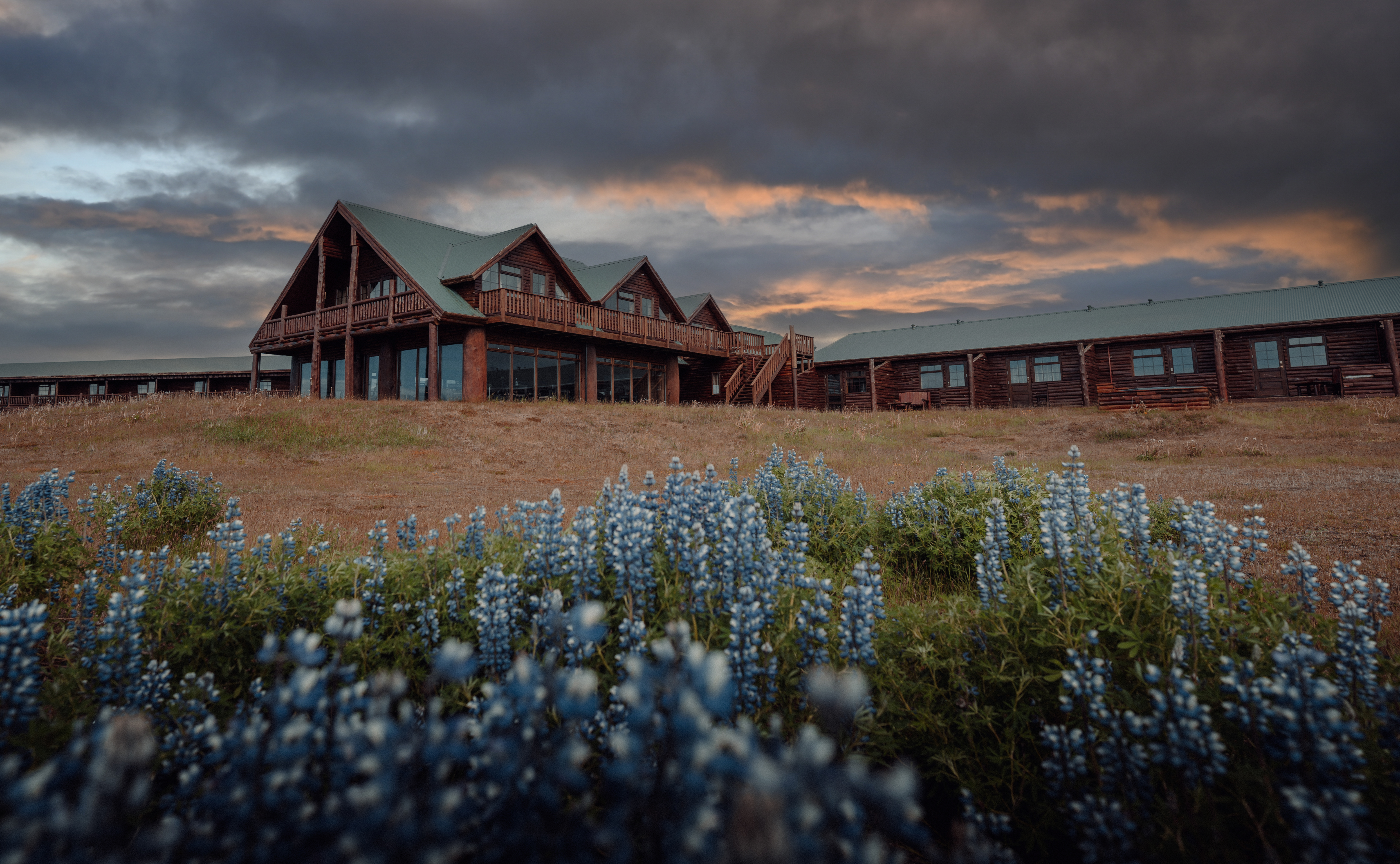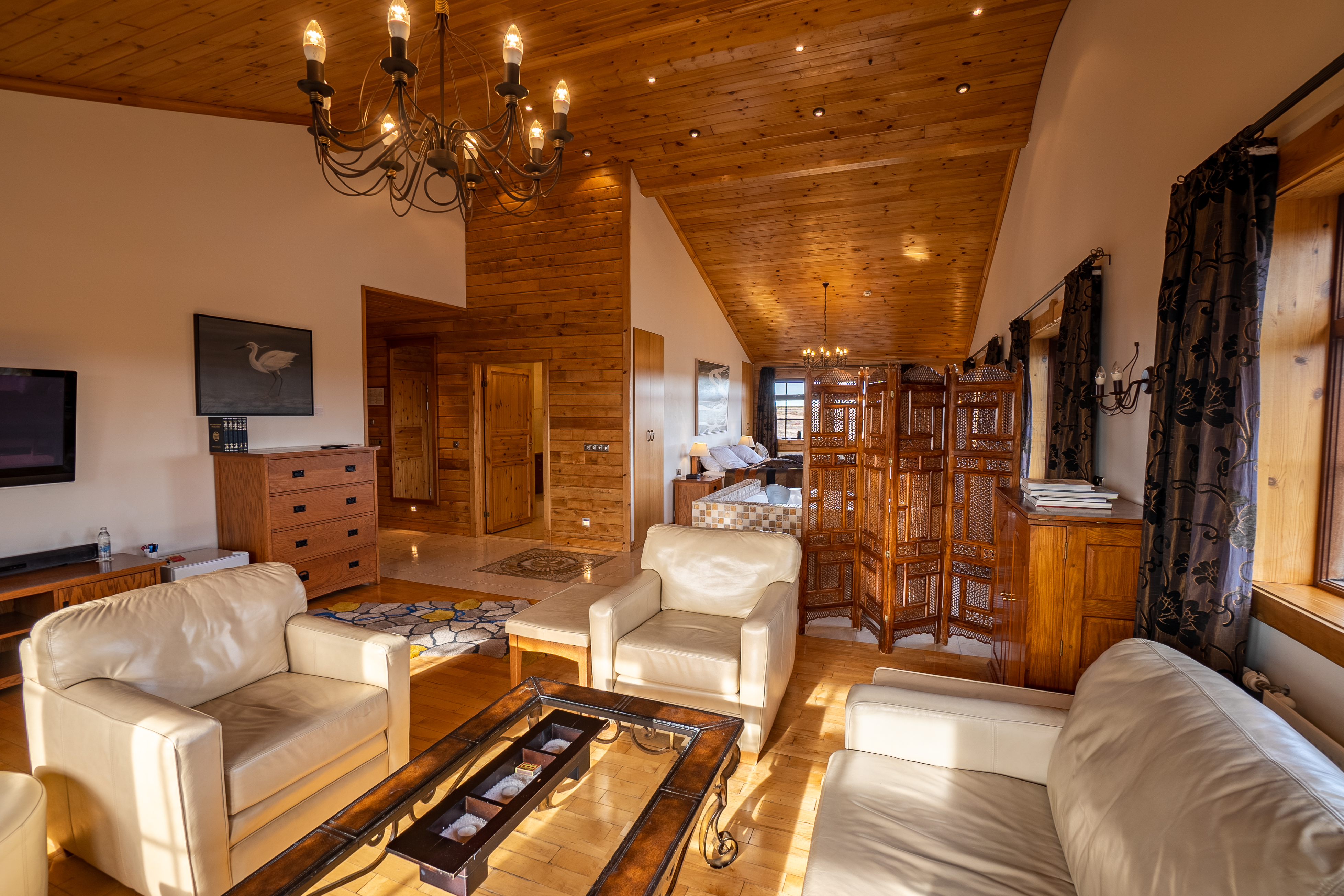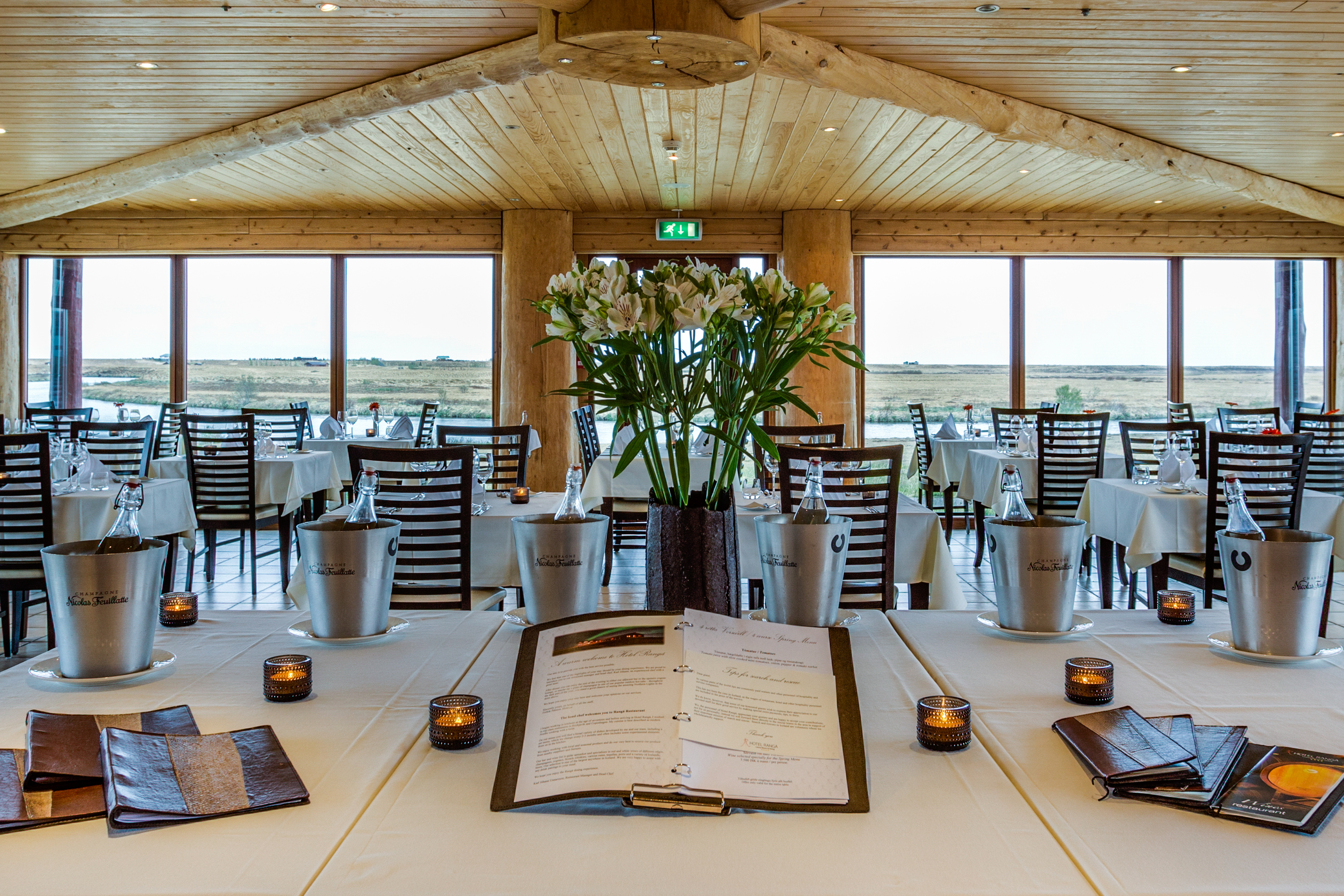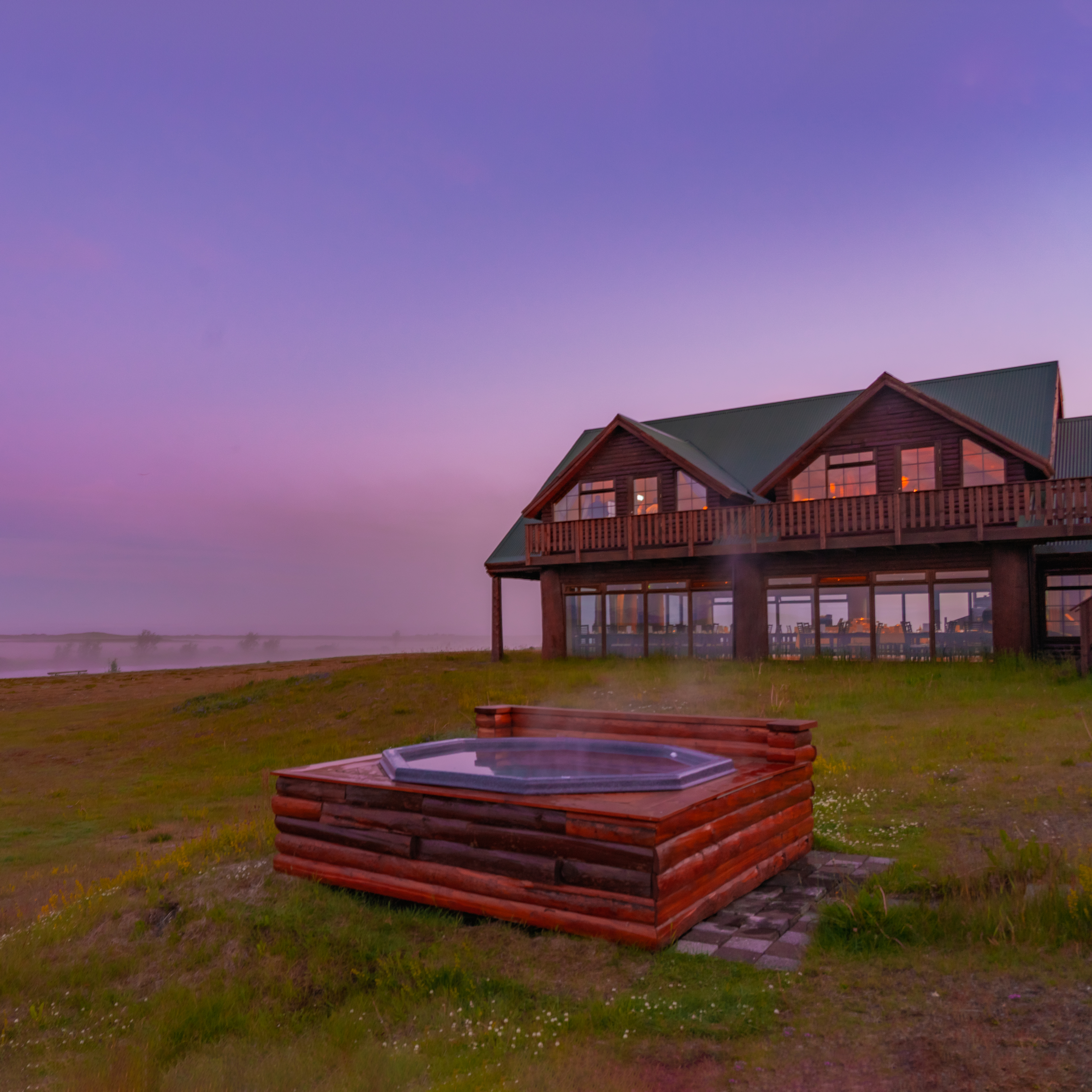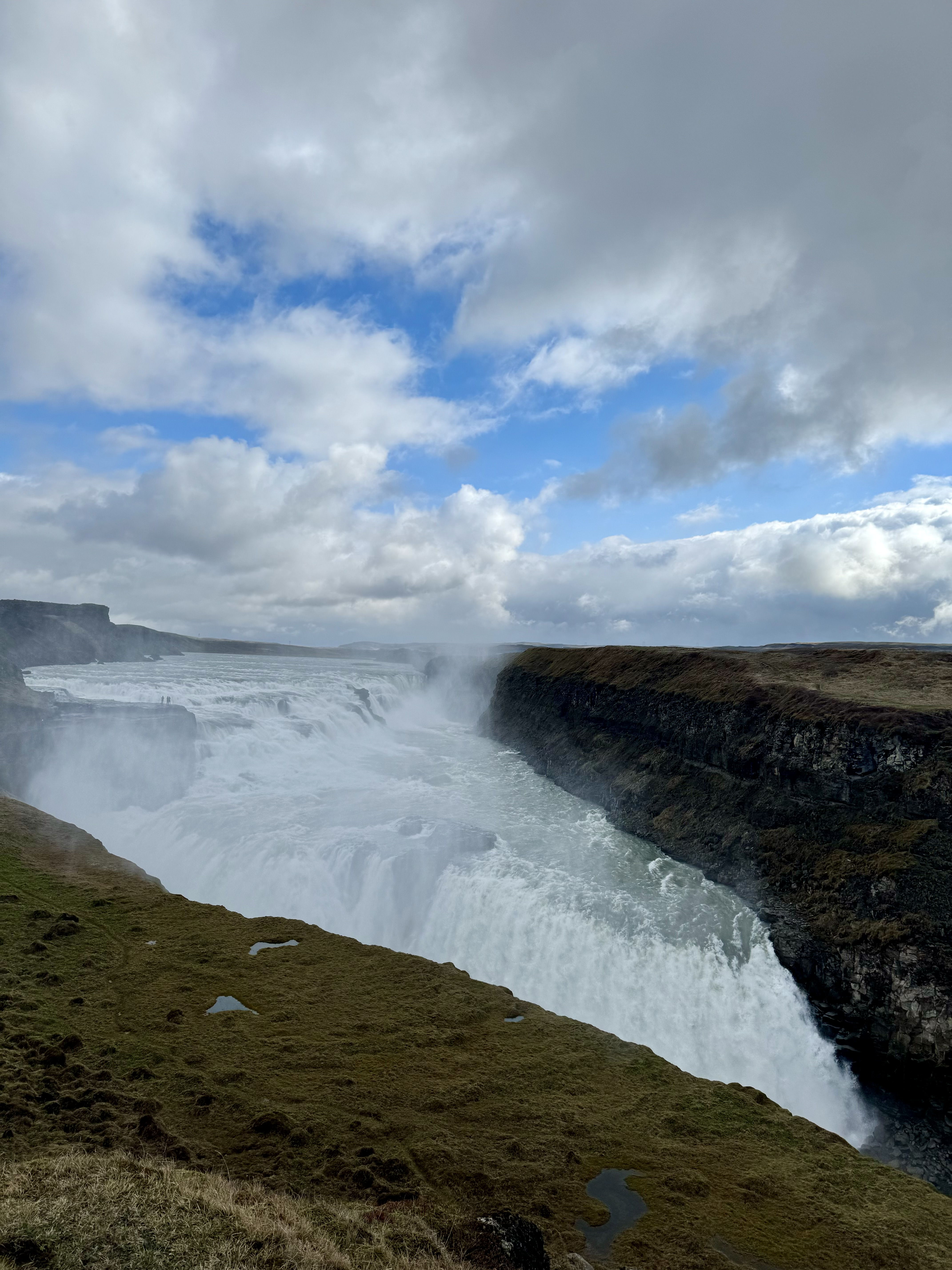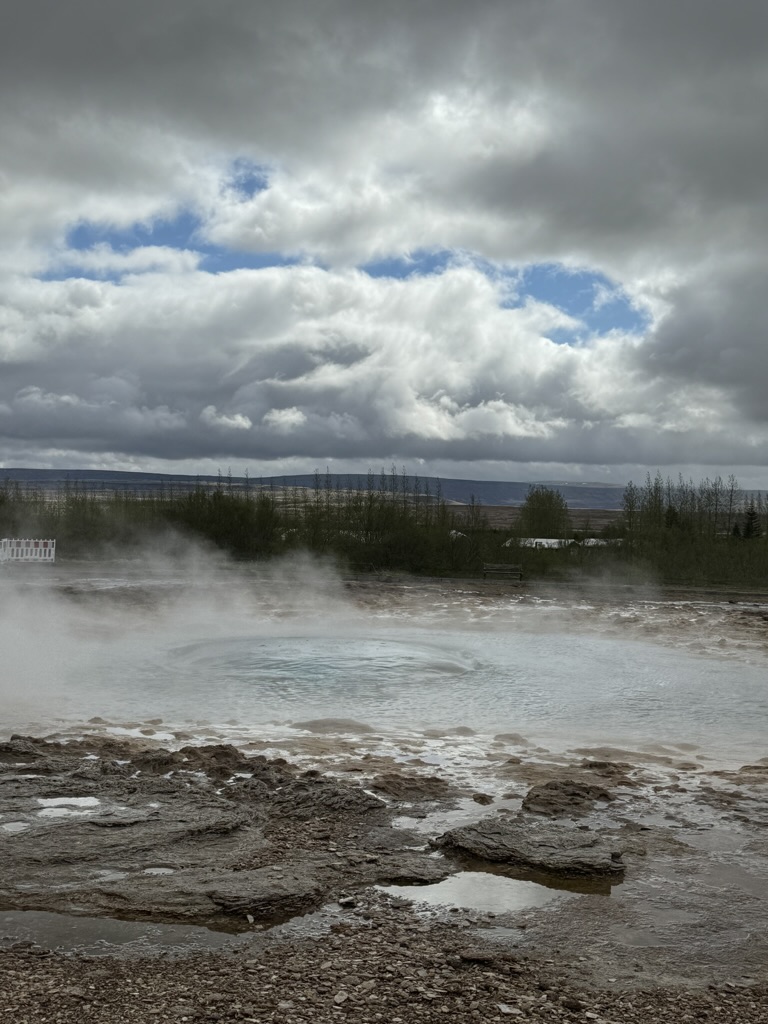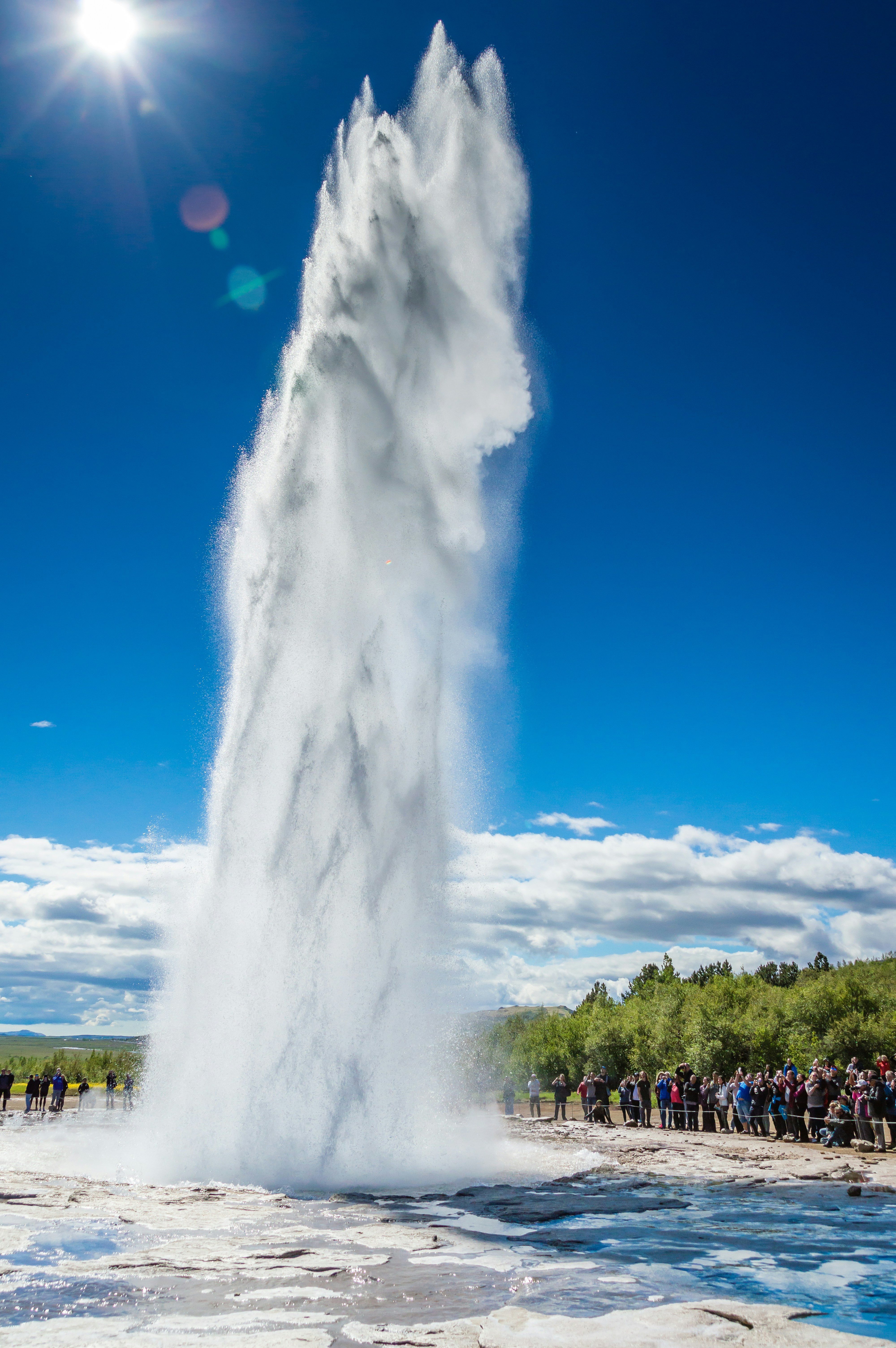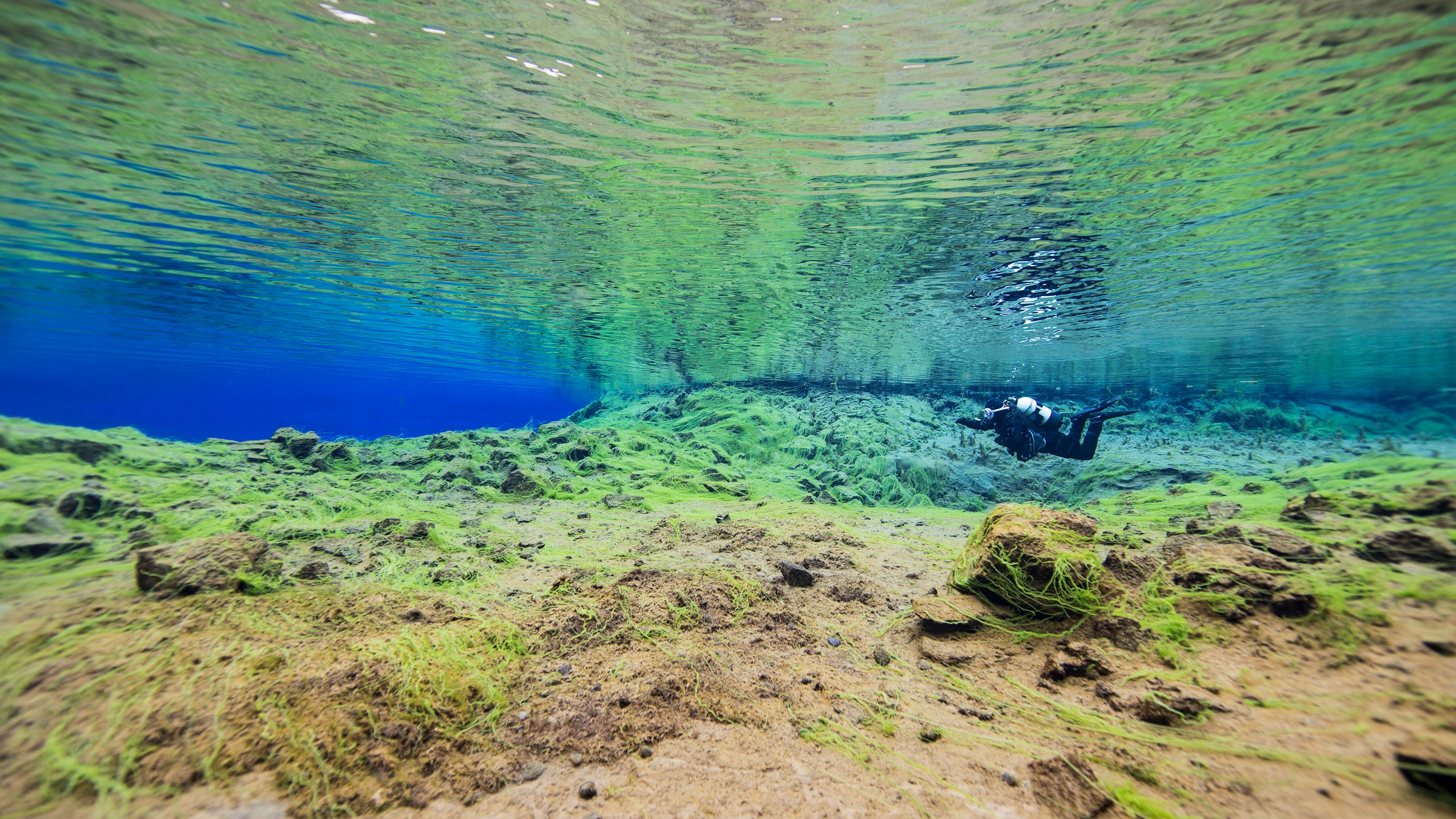Day 1: The Blue Lagoon and Exploring Reykjavik
As soon as your plane touches down at Keflavik International Airport, your Icelandic adventure begins. Picking up your rental car (highly recommended when visiting the country for more freedom and flexibility) you head straight to your first stop: The Blue Lagoon. The Blue Lagoon is likely one of Iceland’s most popular tourist attractions and I was lucky enough to enjoy the Retreat Spa Day Visit. Offering a more private lagoon experience, with access to the main lagoon, the Retreat Spa is designed to seamlessly harmonise with its natural surroundings. The architecture is modern, sleek and minimal with granite walls that blend with the volcanic terrain. The spa's interiors are adorned with natural materials like lava rock, wood, and basalt, creating a calming and earthy ambiance. Large floor-to-ceiling windows offer stunning views of the moss-covered lava fields and the blue waters of the lagoon.
